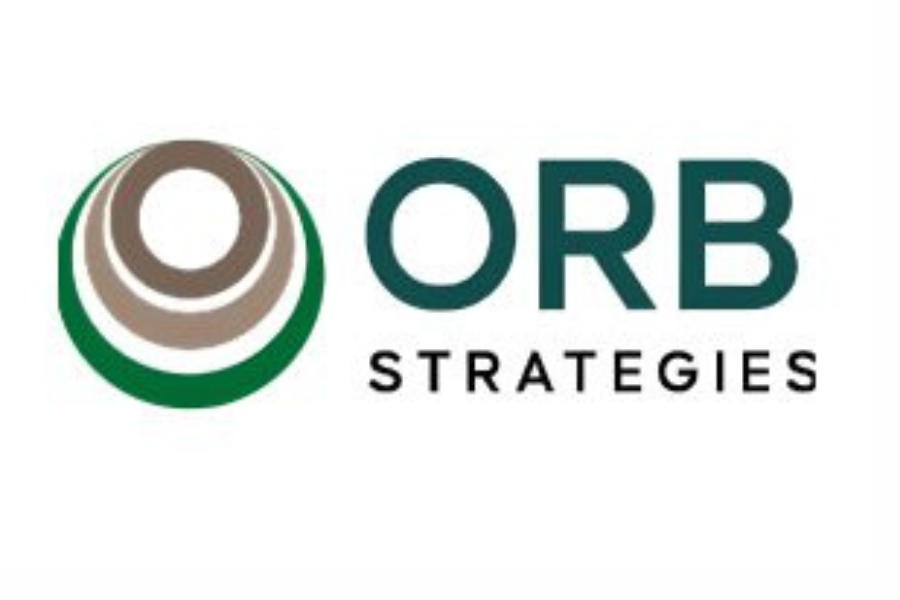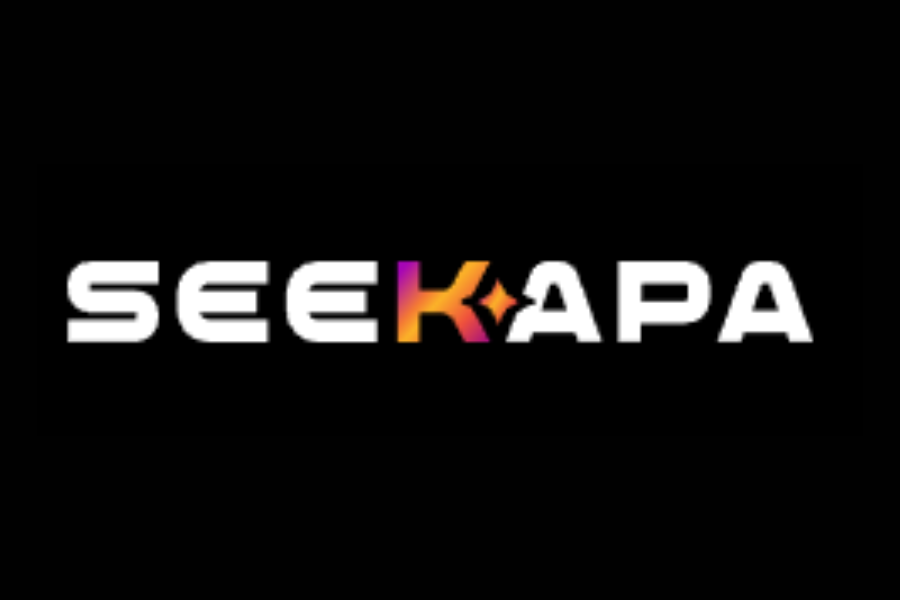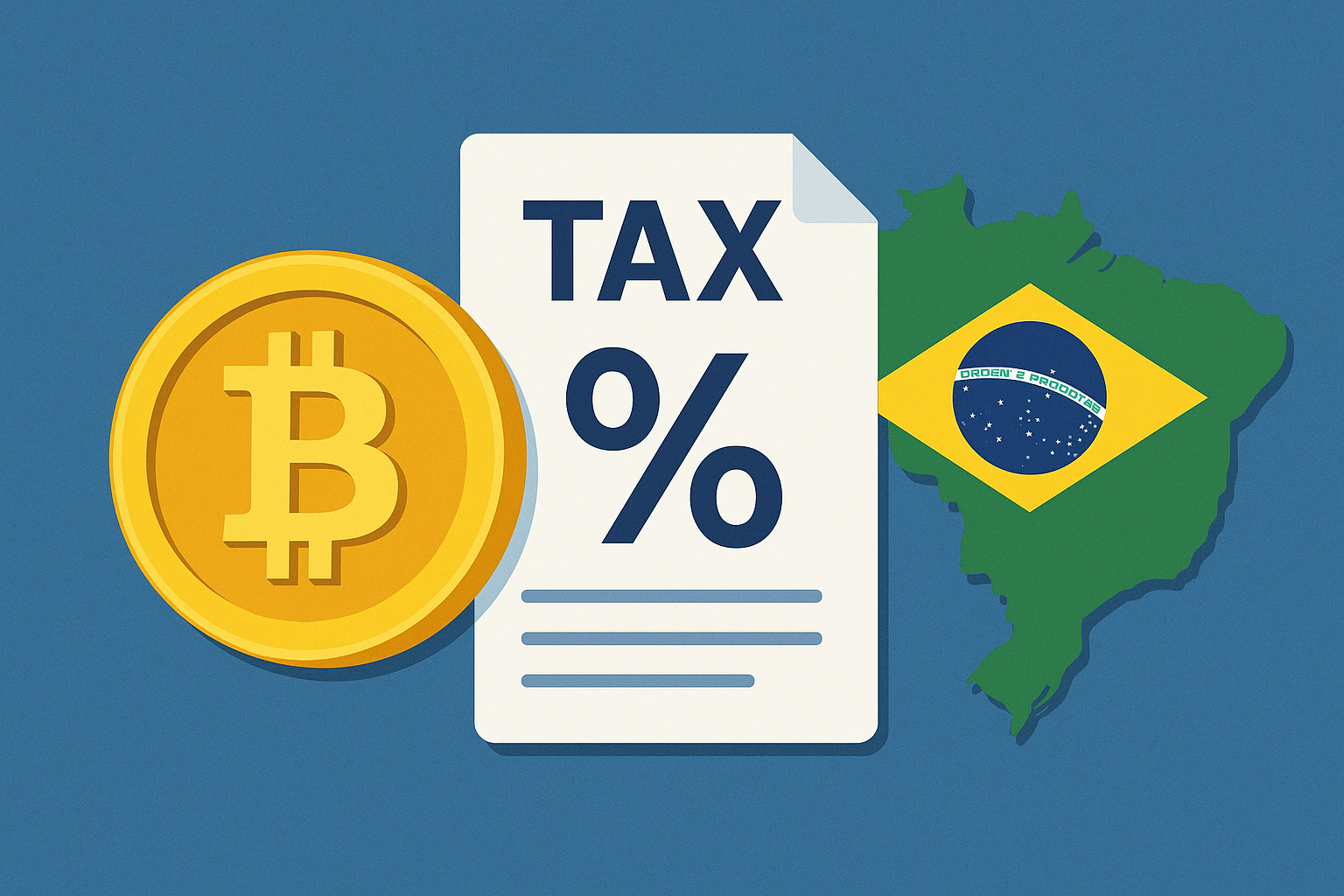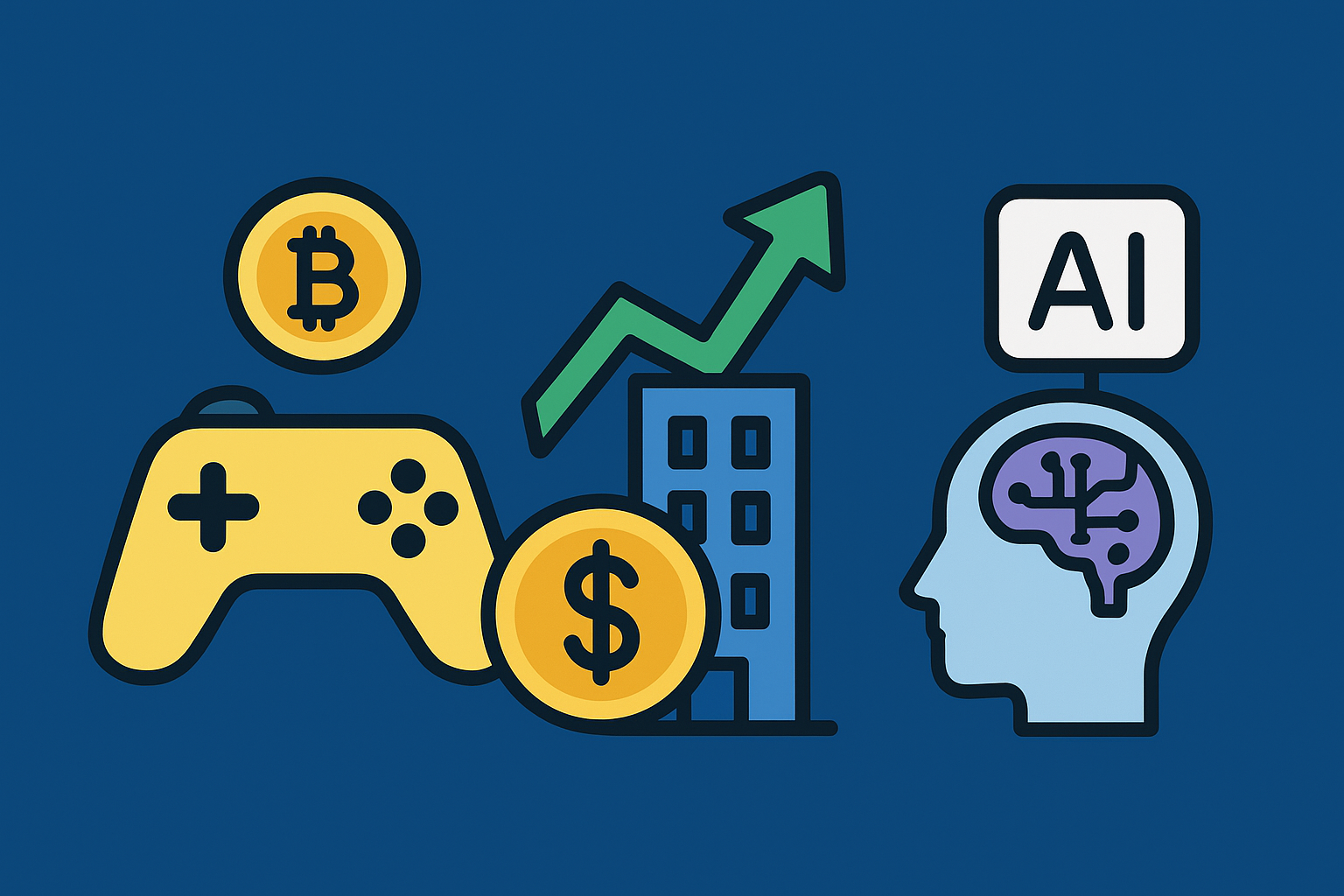Blockchain Technology
U.S. Federal Reserve’s Shift On Blockchain: A New Era For Fintech And Digital Finance
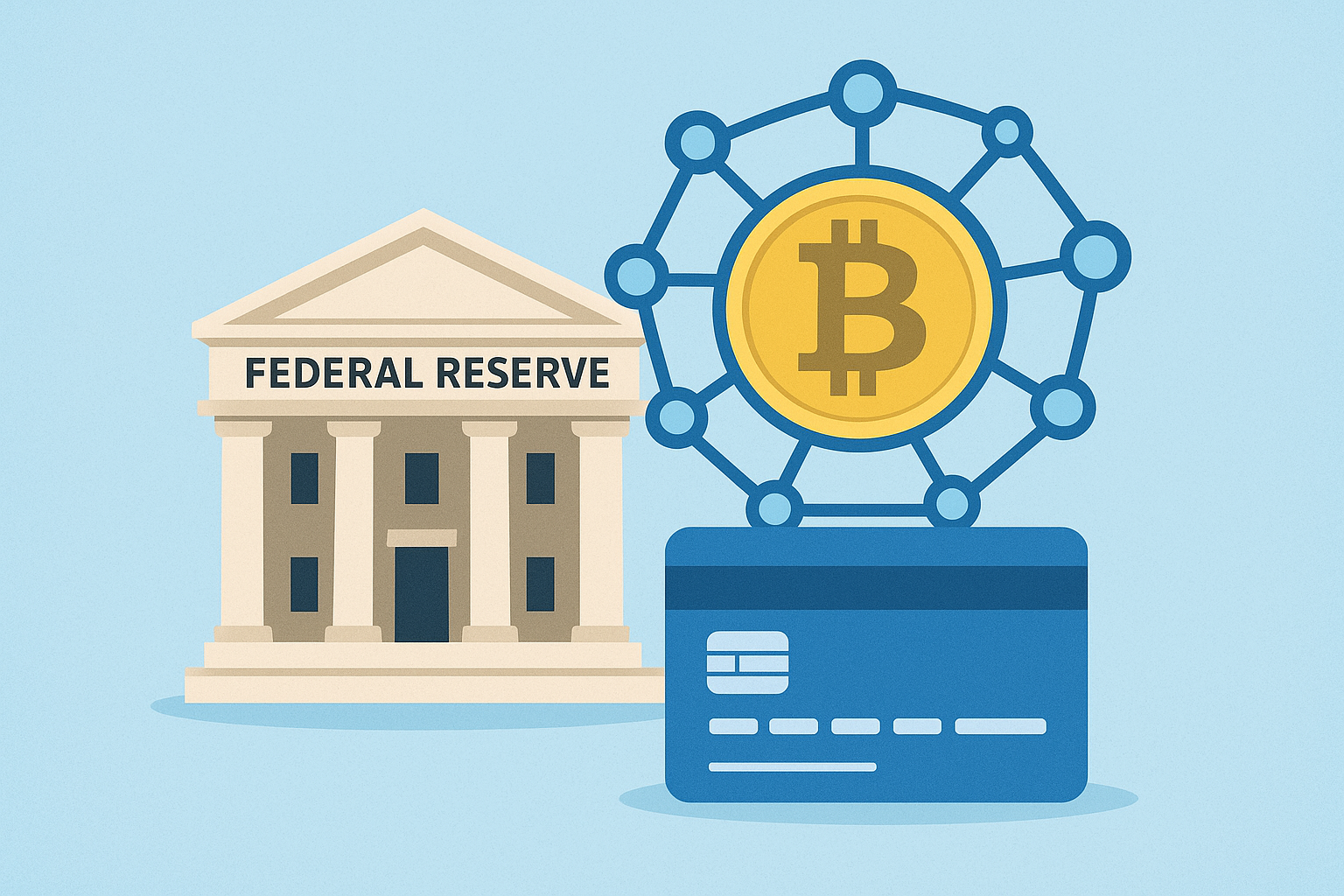
Introduction
The financial world is witnessing a transformative moment as the U.S. Federal Reserve signals a potentially groundbreaking approach to integrating blockchain technology into the mainstream financial ecosystem. Federal Reserve Governor Christopher Waller recently announced a proposal for a new type of central bank payment account designed to provide fintech companies with more direct access to the Federal Reserve’s payment rails. This proposal, while still in its preliminary stages, has captured the attention of banking institutions, fintech innovators, and digital currency enthusiasts alike. The move reflects a more open stance by the central bank toward embracing emerging technologies such as blockchain and distributed ledger systems, which have historically operated at the periphery of traditional finance.
Understanding The Federal Reserve’s Payment Account Proposal
At its core, the Federal Reserve’s proposed payment account would act as a bridge between fintech companies and the central bank’s payment infrastructure. Traditionally, fintechs have relied on intermediary banks to process transactions and access the Fed’s settlement system. This setup often introduces delays, inefficiencies, and additional costs. By offering a direct connection, the Fed aims to streamline the process, reduce transaction friction, and encourage financial innovation.
Governor Waller emphasized that this proposal is not a sudden pivot but rather a response to evolving market needs. The rise of digital payment solutions, mobile banking platforms, and blockchain-powered financial services has fundamentally altered how money moves in the United States. With more consumers and businesses adopting digital-first payment solutions, the Fed recognizes the importance of enabling fintechs to operate more efficiently within a secure and regulated environment.
Implications For Blockchain Technology
The proposal holds significant implications for the integration of blockchain technology into mainstream finance. Blockchain, with its decentralized and immutable ledger system, has long promised faster, more transparent, and secure transaction processing. By opening access to the Fed’s payment rails for fintechs, the central bank indirectly encourages the use of advanced technologies like blockchain to improve operational efficiency and innovation in financial services.
Moreover, this development could lead to increased collaboration between traditional financial institutions and blockchain startups. By providing a regulated pathway for fintechs to access central banking infrastructure, the Fed effectively reduces the regulatory uncertainty that has often hampered blockchain adoption. This could accelerate the development of digital asset solutions, tokenized payment systems, and smart contract-based financial services within the United States.
Benefits For Fintech Companies And Consumers
The proposed central bank payment account is expected to yield multiple benefits for both fintech companies and end-users. For fintech firms, direct access to the Fed’s payment rails would eliminate the need for intermediary banks, lowering transaction costs and shortening settlement times. This could enhance their competitiveness against traditional banks and allow them to offer more innovative financial products.
For consumers, the benefits could be equally profound. Faster and cheaper transaction processing could translate into reduced fees for cross-border payments, real-time settlement of peer-to-peer transactions, and more secure financial services. Additionally, by fostering an environment that encourages the adoption of blockchain and other emerging technologies, the Fed could indirectly enhance the overall transparency and resilience of the U.S. financial system.
Challenges And Considerations
While the proposal is promising, it is not without challenges. Direct access to central bank payment infrastructure by fintechs raises questions about regulatory oversight, risk management, and systemic stability. The Fed would need to ensure that these new accounts do not expose the broader financial system to vulnerabilities such as cyberattacks, operational failures, or liquidity risks.
Furthermore, there is the question of how existing banks might respond. Traditional banks could perceive this move as increasing competition, potentially leading to strategic adjustments in their own service offerings. It will be essential for the Fed to balance innovation with prudential regulation to maintain financial stability while fostering growth.
Global Context And Comparisons
The Federal Reserve’s initiative also aligns with a broader global trend. Central banks worldwide have been exploring ways to integrate digital technologies into their financial systems. Countries like China have launched central bank digital currencies, while the European Central Bank is piloting the digital euro. By proposing a payment account for fintechs, the U.S. is positioning itself to remain competitive in this rapidly evolving global landscape.
The unique aspect of the Fed’s approach is its emphasis on collaboration rather than direct issuance of a digital currency. By enabling fintechs to leverage the Fed’s infrastructure, the United States is taking a middle path that encourages innovation without immediately overhauling the existing financial system. This could set a precedent for how central banks globally approach fintech integration and blockchain adoption.
Future Prospects
If implemented successfully, the Federal Reserve’s payment account could serve as a catalyst for a new era of digital finance in the United States. It may spur the creation of new financial products, enhance cross-border payment efficiency, and encourage greater adoption of blockchain technology in mainstream financial operations. Additionally, by providing a regulated and secure environment, the Fed could mitigate some of the risks traditionally associated with digital assets, building greater trust among consumers and institutional investors alike.
Looking ahead, the proposal could evolve into a more comprehensive framework for integrating digital innovations into central banking operations. It may eventually complement other initiatives, such as the development of a potential U.S. central bank digital currency, while supporting fintech growth and enhancing the overall efficiency of the financial system.
Conclusion
The Federal Reserve’s proposal for a new type of central bank payment account represents a significant step toward modernizing the United States’ financial infrastructure. By granting fintechs easier access to the Fed’s payment rails, the central bank is signaling its willingness to embrace innovation, including blockchain technology. This move has far-reaching implications for financial institutions, fintech startups, and consumers alike, potentially transforming the way money flows in the digital era. While challenges remain, the proposal highlights a forward-looking approach to financial regulation that balances innovation with systemic stability. The coming months and years will reveal how this initiative reshapes the relationship between central banks, fintechs, and the evolving digital economy.





